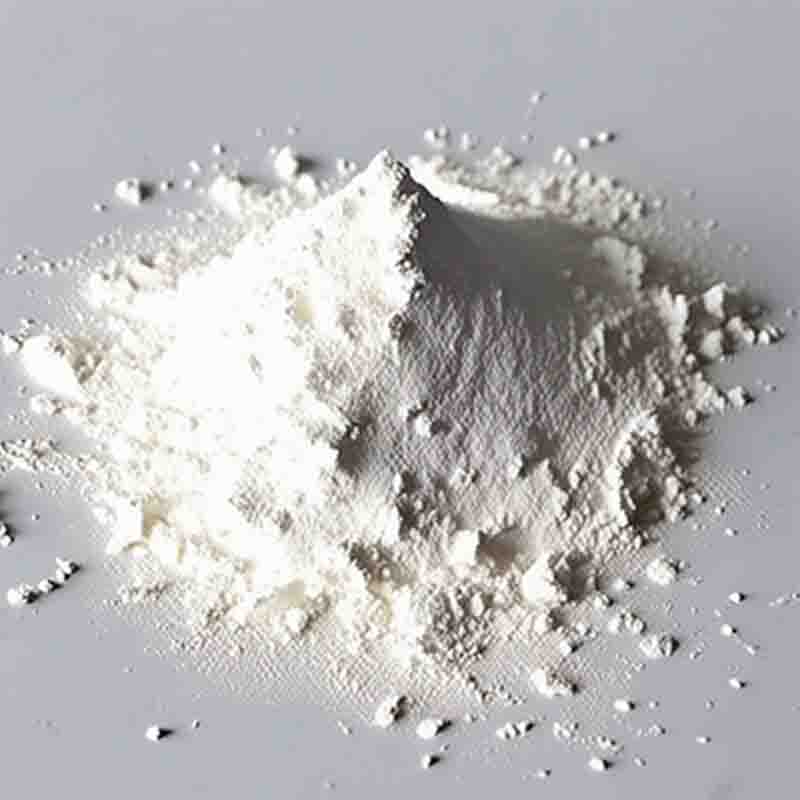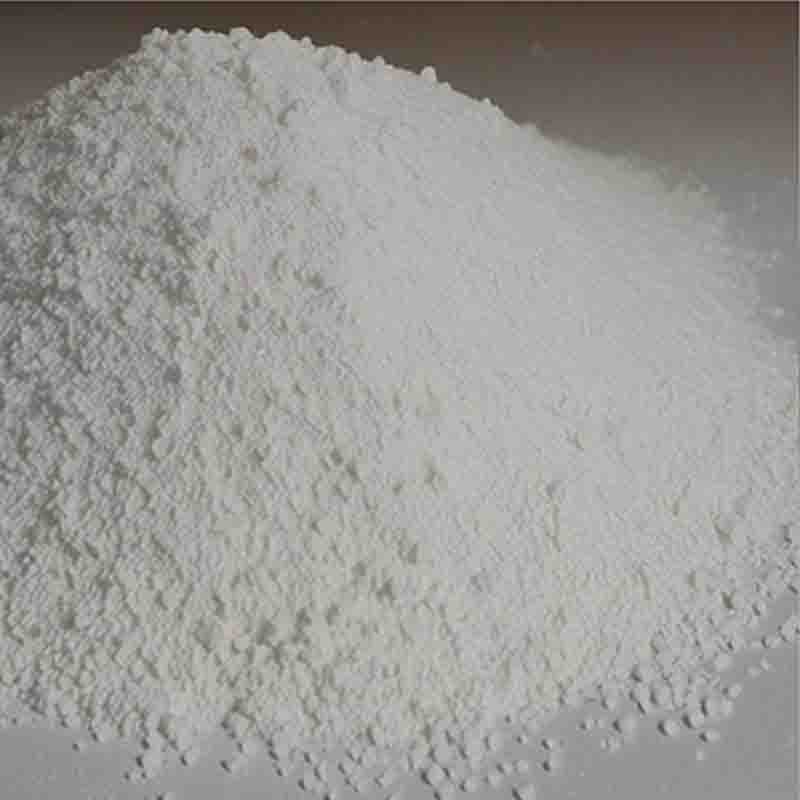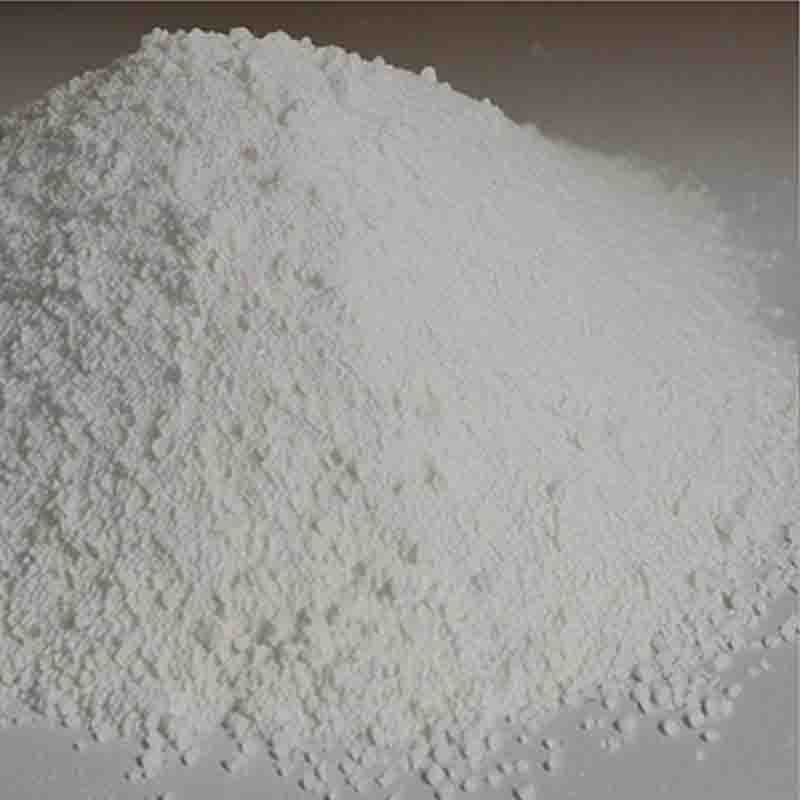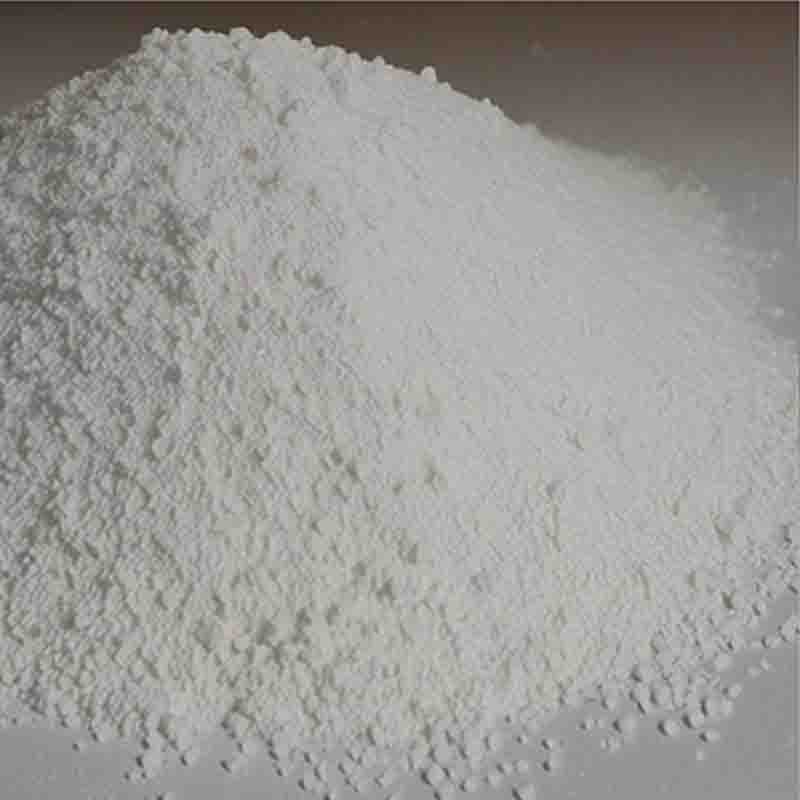3-(Cclohexylamino)-1-propanesulfonicacid CAS: 1135-40-6
| Catalog Number | XD94901 |
| Product Name | 3-(Cclohexylamino)-1-propanesulfonicacid |
| CAS | 1135-40-6 |
| Molecular Formula | C9H19NO3S |
| Molecular Weight | 221.32 |
| Storage Details | Ambient |
Product Specification
| Appearance | White powder |
| Assay | 99% min |
3-(Cyclohexylamino)-1-propanesulfonic acid, also known as CAPS, is a chemical compound with various applications in different industries.
One of the primary uses of CAPS is in the field of biochemistry and molecular biology. It is commonly used as a buffering agent in biological and biochemical assays. CAPS has a pKa value close to physiological pH, making it suitable for maintaining a stable pH environment in biological systems. It is often used in electrophoresis, protein purification, and enzyme assays.
Furthermore, CAPS finds application in the field of pharmaceuticals. It can serve as a stabilizer or a solubilizing agent in the formulation of drugs. CAPS can improve the stability and solubility of drug molecules, enhancing their bioavailability and therapeutic efficacy. It is particularly useful in the formulation of poorly soluble drugs.
Moreover, CAPS has applications in the field of analytical chemistry. It can be used as a mobile phase additive or a buffering agent in high-performance liquid chromatography (HPLC) and capillary electrophoresis (CE) methods. CAPS can help maintain the pH and improve the resolution of analytes in these analytical techniques.
In addition, CAPS can be utilized in the field of cosmetics and personal care products. It can be used as a pH adjuster or a buffering agent in various skincare and haircare formulations. CAPS can help stabilize the pH of cosmetic products, ensuring their effectiveness and compatibility with the skin and hair.
In conclusion, 3-(Cyclohexylamino)-1-propanesulfonic acid has versatile applications in biochemistry, pharmaceuticals, analytical chemistry, and cosmetics. Its buffering properties, stability-enhancing capabilities, and pH-adjusting abilities make it a valuable compound in the production of biological assays, drugs, analytical methods, and cosmetic products.









![(R)-1-[3,5-Bis(trifluoromethyl)phenyl]ethanol CAS: 127852-28-2](https://cdn.globalso.com/xdbiochems/白色粉末2222.jpg)